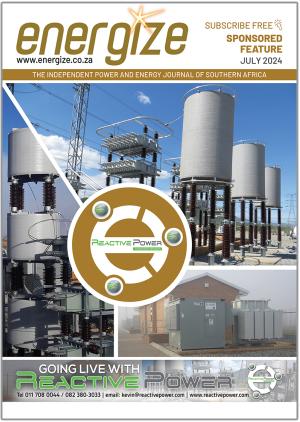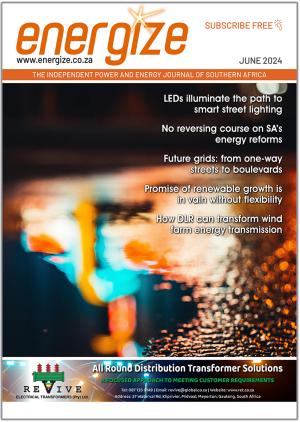National Treasury and SARS launched two key tax incentives to boost investment into renewables and rooftop solar in South Africa to help people mitigate the serious challenges of the ongoing frequent and lengthy power interruptions imposed by Eskom. Now, it seems, Eskom, with the National energy regulator Nersa’s, support, will apply tariffs that could make owning rooftop PV very expensive.
This was a major concern highlighted by panellists at the 2023 Tax Indaba hosted by the South African Institute of Taxation (SAIT) this week.
The panel featured legal and energy experts, including former Eskom senior manager and CEO of the Energy Intensive Users Group, Fanele Mondi, EY’s Tumelo Chipfupa, and Mansoor Parker from ENS.
The panellists highlighted that the tax incentives introduced by the government in 2023 to boost investment into renewables should go a long way in serving that purpose. However, many firms and tax specialists are still navigating the intricacies of the policies.
During his 2023 Budget speech, Finance Minister Enoch Godongwana announced that two incentives would be put into effect:
First, individuals could claim up to R15,000 back for the installation of rooftop solar panels, provided they meet the terms and conditions attached to the incentive (they have to be new panels, only the panels are covered, etc).
The second incentive is the so-called 12B incentive for businesses, where they can claim back up to 125% of their investments in renewable energy projects.
The 12B incentive can be quite complicated, the panellists said, especially concerning various ownership issues involved with renewable investments.
But the key hurdles and challenges rest with the rooftop solar scheme.
Rooftop solar hurdles
In essence, the goal of the rooftop solar tax incentive is to drive investment into solar to take pressure off the national grid.
However, the panel argued that if the incentive isn’t big enough, or it doesn’t prove viable for individuals, it will likely fail to do this.
Former Eskom senior manager Fanele Mondi said that the incentive faces additional barriers outside of the Treasury’s goals.
The first major barrier is Eskom itself. Mondi said that the power utility has applied for permission to overhaul its tariff structure – and a big part of these changes is to increase the capacity charge.
Solar users are generally looking to decrease their reliance on Eskom and want to go off-grid when the sun is shining. However, they also want to remain connected to the grid so that they have power when solar energy is used up, or it is otherwise necessary to have access to power.
Mondi said that if the capacity charge to these users is too high, it will disincentivise investment into renewables altogether, working against the Treasury’s aim.
The second hurdle rests with energy regulator Nersa, he said.
Nersa is currently in a public consultation process with its new methodology for determining fee structures.
Part of this, Mondi said, is the view that, “in the evening, if you do not participate on the base load, you must pay much larger rates”.
“Renewables operate during the day, and the evening peak, you tap into the grid. Effectively, that policy encourages people to have constant consumption, which may not incentivise the tax benefits to increase solar,” he said.
Other opportunities
Mondi said there are opportunities for the government to further incentivise the adoption of renewables even with these looming obstacles.
One way is to incentivise battery storage, which would go a long way in encouraging adoption.
Treasury has argued that other elements of rooftop solar – such as inverters and batteries – are not included in the incentives because they are not energy generators, so they are not adding to the country’s capacity.
However, Mondi argued that because battery storage manages to harness energy during the day and stores it for the evening, it is a net benefit to the pressures on the grid.
The other big opportunity to incentivise solar is for the government to finalise feed-in tariffs.
He acknowledged that this is already in progress but said it should be fast-tracked.
“There is a process by Necom where these tariffs are being developed – but this is an important incentive because it creates a market for (private generation),” he said.
Feed-in tariffs would allow private generators to feed the excess power they generate from their solar back to the grid for reward (either monetary or credit).
Major municipalities are already working on rolling out these structures to households, but a national system is still in the works.
https://businesstech.co.za/news/energy/717858/two-big-problems-for-rooftop-solar-in-south-africa/















